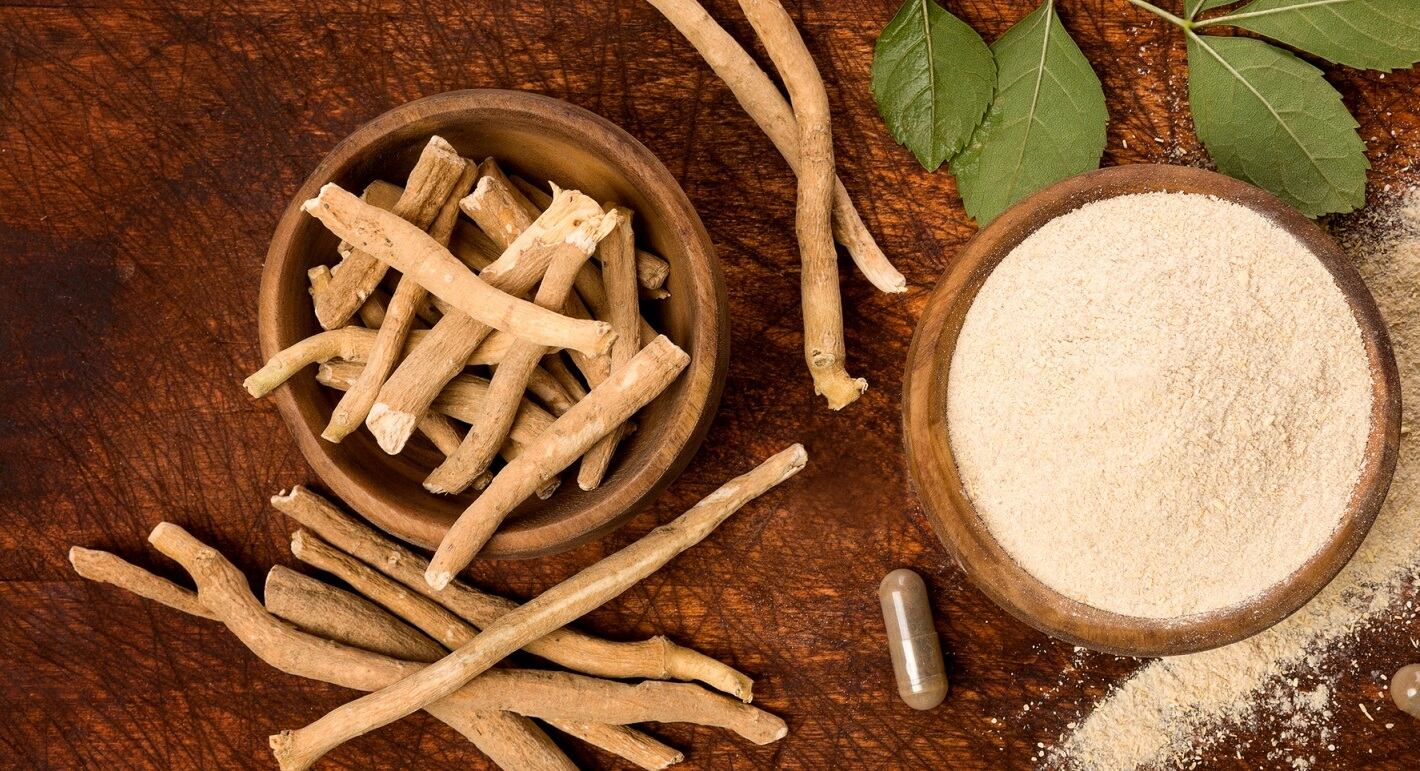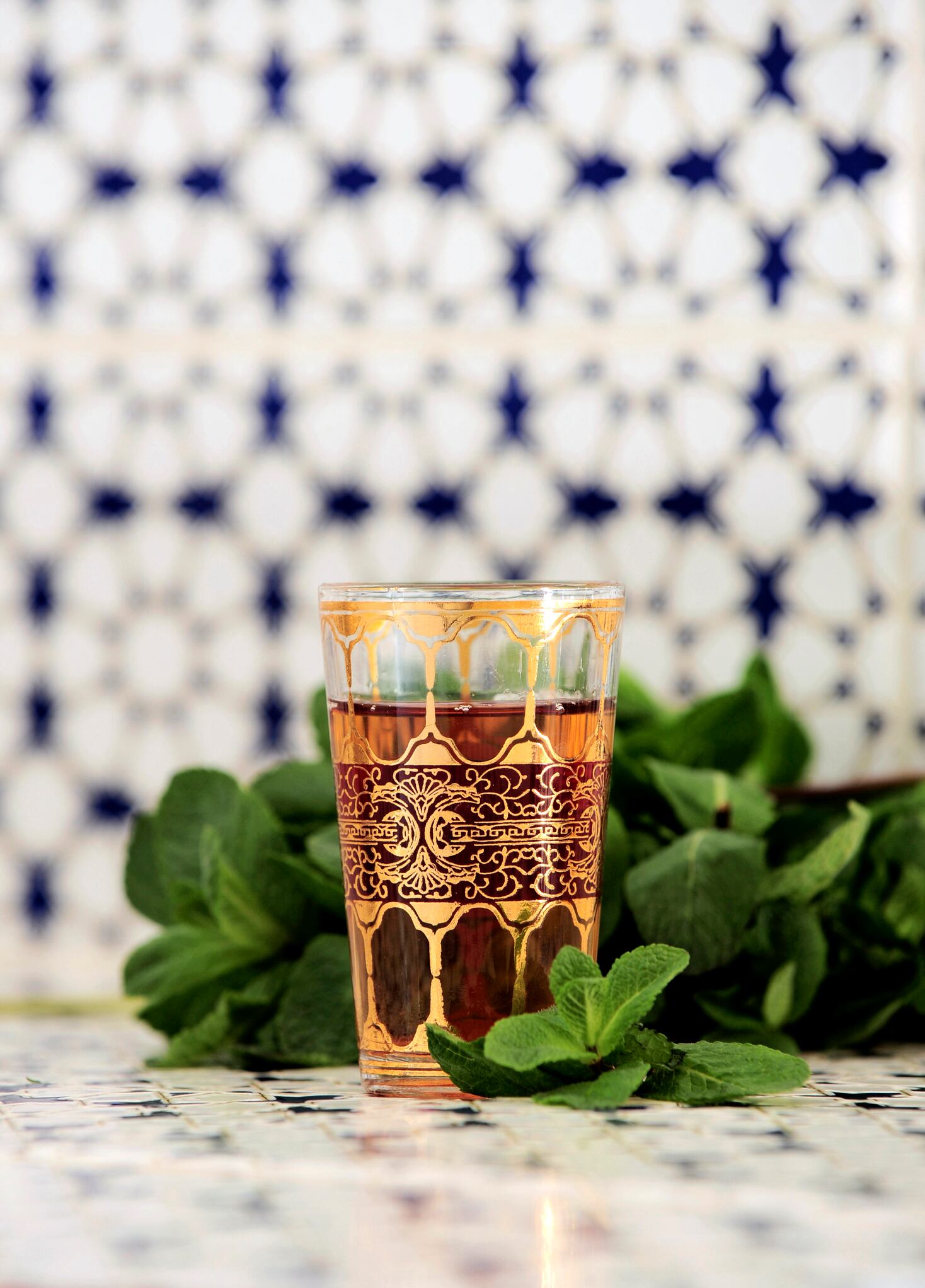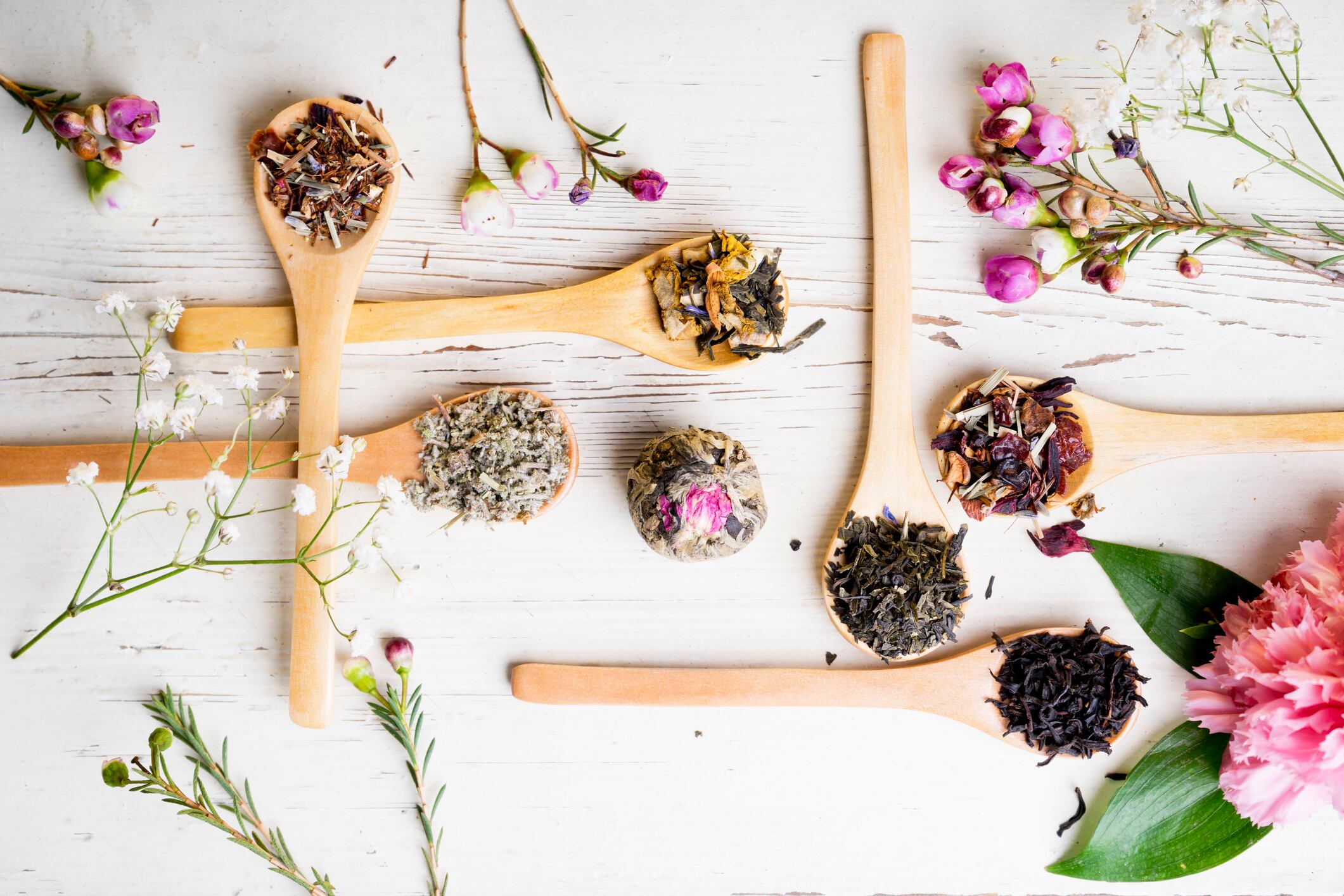Innovative plant-based products promoting health benefits are constantly being introduced in the beverage industry. To no surprise, tea and functional herb-based offerings are widely popular in the wellness space, often touted as nature’s elixirs of youth.
The five significant trends for tea in 2020 all circulate within the general theme of phytotherapy, and support the general shift toward a more mindful approach in the health and wellness market.
There’s a growing realization that stress hormones can undermine our health, happiness and daily performance. The “no pain, no gain” angle is becoming a thing of the past. Both men and women are realizing that hormones are a key component of self-care, and that emotional energy directly impacts our physical energy and health – and all of this is benefiting the tea industry.
1. We Will All Know About Adaptogens as a Tea and Beverage Ingredient
By now, we’ve all surely heard of turmeric in tea. Turmeric dusted itself off from the spice cabinet, and over the past three years has become the fifth best-selling herbal component in North American teas, after hibiscus, peppermint, chamomile and ginger. Largely thanks to its active ingredient curcumin and traditional use as a natural anti-inflammatory, turmeric teas and lattes are now available in virtually every natural grocery store and trendy cafe. But have you heard of tulsi, ashwaganda, rhodiola and maca?
What all these herbs and turmeric have in common is that they are in a class of plants called adaptogens, thought to help manage physical and mental stress response. The balancing stress response of “adaptogens” is non-specific – that is to say, they help bring the body back to center, regardless of which direction the source of the stressor came from. This flexible assistance for stress response is bringing them to the forefront, as we learn more about the damaging effects of long-term elevated stress hormones and inflammation. Alongside green tea and CBD (which are also adaptogens) they are helping to take functional teas to a new level, one which fits our lifestyles right now.
Solutions for stress relief are in high demand for many demographics, from busy urban professionals, to the elderly, and even performance athletes. The classification of adaptogens is relatively new, as the term was first coined by a Soviet researcher studying herbs to help manage the stress of combat in the 1940s. Many of these herbs have centuries-deep roots in Ayurveda and traditional Chinese medicine, however, and are sought after as natural support for insomnia, anxiety, digestion, depression, hormonal issues and sex drive.
Look for adaptogens in tea in 2020, or consider them for your own beverage product.

2. CBD Tea Goes Mainstream
Cannabidiol (CBD) as an ingredient is exploding into the mainstream. Regulation has paved the way for the onslaught of new tea products with CBD. It’s still a bit of the wild west in this space, so it’s good to know how to differentiate between options. CBD is the non-psychoactive compound in cannabis, identified only several decades ago.
It is involved in the modulation of pain and inflammation within the central nervous system and can exert analgesic effects. Scientific research shows promise for using CBD in treating chronic pain and anxiety. CBD tea could become the calming ritual that helps relax the body and quiet the mind in preparation for sleep, without the consequences of alcohol consumption, a hangover or a high.
CBD, derived from industrial hemp, has a very low concentration (0.3% or less) of the psychoactive cannabinoid THC, and cannot make you high. In order to have any effectiveness once ingested, however, raw CBD needs to be extracted in order to be activated.
CBD teas available today are made with one of three types of CBD extractions: Decarboxylated hemp, broad spectrum distillate or isolate. Decarboxylation is decomposition catalyzed by heat, which gives the resulting CBD molecule a better chance of making its way to the central nervous system without being broken down in the metabolism. It does, however, require some oil or other carrier in order to be absorbed.
Some manufacturers reference nanotechnology when describing the processes for making the CBD molecules tinier and more bioavailable. Decarboxylated hemp is the closest extraction to a full hemp flower, and retains some hemp-y flavor and aroma. Broad spectrum CBD distillate is an oil-based extraction of hemp flower, which will contain trace amounts of other minor cannabinoids, terpenes, flavonoids, and residual plant matter. CBD isolate is the purest form of cannabidiol and is flavorless and odorless. CBD distillate and isolate do not require an additional carrier to be bioavailable.
Dosing of CBD teas currently range from 5 mg “microdoses” to 50 or 60 mg per serving.
Watch for CBD teas to explode in 2020, or investigate how you can deliver a CBD tea into the market.
3. Essential Oils, Aromatherapy and Teas
The benefits of tea and functional herbs can be enhanced when combined with aromatherapy. Fragrant herbal and floral scents have been used in tea blends since ancient times.

Earl Grey, the traditional black tea with oil of bergamot, has been the top-selling black tea in the western hemisphere for over 100 years. Moroccan Mint, which is Chinese gunpowder green tea blended with spearmint, is the most consumed tea in North Africa and the Middle East. An aromatic lemon slice is often served as an accompaniment to a cup of tea. As a complement to tea’s natural volatile aromatic compounds, essential oils can create an accentuating effect.
Terpenes and terpenoids, the active ingredients in essential oils, are absorbed into the system by ingestion, inhalation or topically. Many terpenes can cross the blood-brain barrier, producing a systemic effect. Adding essential oils to tea is not new, but as another innovative way to enhance physiological support for easing into a state of well-being, they’re gaining traction.
Some traditional favorites to complement green teas are citrus-based, orange, lemon or lime essential oils. More potent and/or spicier oils can pair very effectively with black and pu’erh teas, and with herbal tea blends of strong character. Very small amounts of essential oil, only one drop per serving, are used.
Explore how essential oils and aromatherapy can benefit your tea or beverage products in 2020 and beyond.
4. Tea and Sophisticated Consumer Palates
Taste matters. It always has, of course. North American customers have now enjoyed more than a decade of premium tea availability in upscale grocery stores and cafes. Their palates are becoming trained to differentiate quality whole leaf teas from low-end dust and fannings, as evidenced by healthy growth in the premium tea sector and a shrinkage in low-end mass-market teas.
'The premiumization of herbals, including adaptogens, CBD and essential oils, are driving innovation and will change the face of specialty tea in the next decade'
Customers may have been willing to put up with some less than tasty teas for the promise of perceived functional benefits in the past. Now they’re expecting better flavor and quality in their teas, not only for gourmet teas, but even for functional blends. This opens up a multitude of new opportunities in the tea market, as it brings functional botanicals more on par with traditional single origin specialty teas.
The premiumization of herbals, including adaptogens, CBD and essential oils, are driving innovation and will change the face of specialty tea in the next decade.
5. Tea Gets Fancy in Foodservice
The many faces of tea, referenced above, are finding their way onto the menus of fine restaurants and trendy cocktail bars. Creativity in mixology and specialty cafe drinks, as well as the pairing of premium teas with culinary delights, will bring many new customers their first outstanding tea experience.
Plant-based wellness has its appeal here too, as chefs and diners alike look for innovative ways to make food and beverages taste great and offer some health benefits. The same motivations which drive customers to make daily tea choices at home and in the office exist when selecting a gourmet dish from a menu or even a craft cocktail. Tea is a natural complement to the modern foodie dining experience, so expect more restaurants to elevate their tea programs in 2020.

About the author: Maria Uspenski is the founder and CEO of The Tea Spot, whose mission is to empower healthier living through the everyday enjoyment of whole leaf tea. The Colorado-based company donates ten percent of all sales in-kind to cancer and community wellness. Uspenski is also the author of Cancer Hates Tea, published by Page Street Books in 2016, and she was recognized as the 'Top Tea Health Advocate' at the 2017 World Tea Conference + Expo. She is often featured as a social entrepreneur and certified tea and fitness nutrition expert, and is a speaker on tea and wellness. The Tea Spot offers wholesale, OEM/private label, corporate gifting and co-branding options to organizations and brands, including grocers, specialty and health and wellness retailers, hotels and spas, among others.
Pictures top to bottom: getty/milosljubicic; getty/eskymacs; getty/twfoto

